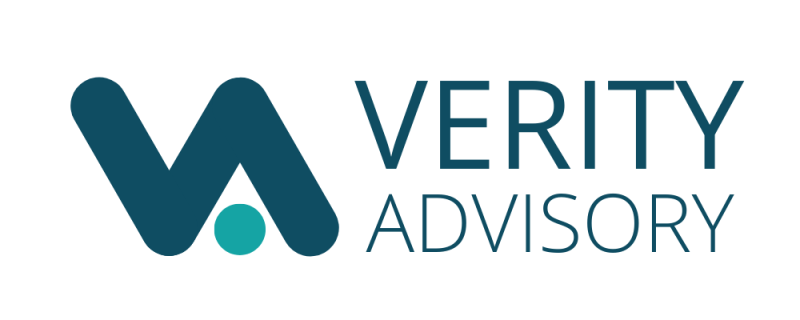As a trustee of a Self-Managed Superannuation Fund (SMSF), one of your key responsibilities is maintaining accurate tax and superannuation
records.
Benefits of Proper Record Keeping
Effective record keeping offers several advantages, including:
- Simplifying the administration and management of your superannuation fund.
- Assisting you in preparing for the lodgement of the SMSF annual return and other reports.
- Ensuring the timely completion of your fund's accounts and audit.
Even if you engage a superannuation or tax professional to manage your SMSF, each trustee remains accountable for maintaining good records.
If your appointed auditor reports insufficient record-keeping to the Australian Taxation Office (ATO), all trustees could face penalties.
Minimum Record-Keeping Requirements
The ATO mandates that the following records be retained for a minimum of five years:
- Accurate and accessible accounting records detailing the transactions and financial position of your SMSF.
- An annual operating statement and a financial position statement for the SMSF.
-
Documentation of decisions regarding benefit payments (whether as a pension, lump sum, or combination) and the account from which these
payments were made.
- Copies of all lodged SMSF annual returns.
- Copies of transfer balance account reports lodged.
- Copies of any other statements required by the ATO or provided to other superannuation funds.
In addition, the following records must be kept for at least ten years:
-
Minutes of trustee meetings and decisions on matters affecting the fund, such as investment strategy reviews or decisions
regarding income streams.
- Records of any changes to trustees.
-
Trustee declarations acknowledging the obligations and responsibilities of any trustee or corporate trustee director appointed
after 30 June 2007.
- Members’ written consent to their appointment as trustees.
- Copies of reports provided to members.
- Documented decisions on the storage of collectables and personal-use assets.
Educational Resources
If SMSF trustees or directors are uncertain about what to record, they can:
- Watch the ATO’s brief video on record-keeping requirements.
-
Enrol in an educational course to enhance their understanding of their responsibilities as SMSF trustees or directors. The ATO has
recently launched two interactive educational courses covering both the establishment and winding-up of SMSFs. The ‘Setting Up a SMSF’
course is especially useful, as it covers the essentials of being a trustee, including record-keeping obligations.
As always, feel free to reach out if you need further assistance regarding SMSF reporting and record-keeping requirements.

